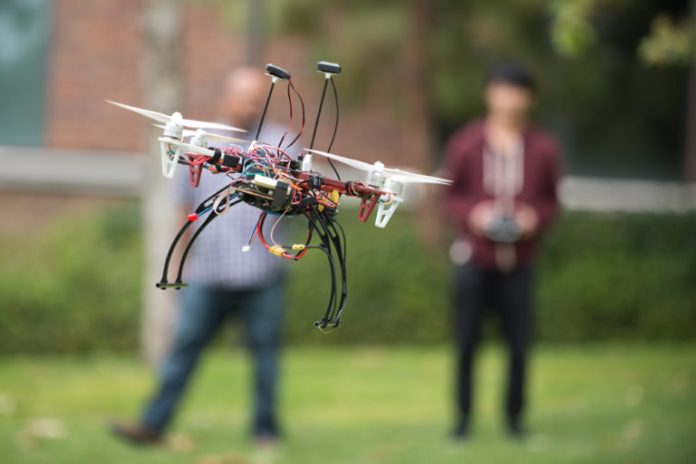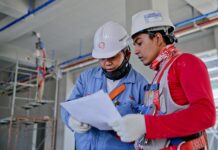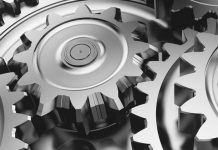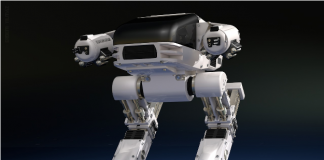
Search and rescue robot is probably the furthest in your mind when search and rescue enter your mind. When you think about that topic, I am sure there is nothing but a group of people in uniform trying to do some search and rescuing for the unfortunate ones. While that kind of thought is a correct one, it seems like your mind is still far away from the present. In this age, technology has allowed us to create many wonderful things that will probably replace humans in the future. In fact, we could see something like that in many places already. In McDonald’s, we can see that computers have already starting to replace many human employees. All you got to do in those McDonald branches is to input your order to the computer, give it to an employee, and you will have your order in hand. No more being asked whether you want fries or not with your order (at least not by a human employee), hence reducing the time to order your food and upping the efficiency to the next pot. Efficiency breeds profits, hence why so many McDonald outlets start to reduce the numbers of their employees.
That is what is happening in the search and rescue department as well. There are many robots that are created to do some quick response things, just like those search and rescue people. If you think that it is impossible, people used to think that space is a place that cannot be explored. Now, we got things like unmanned spaceships and shuttles that can do some picture taking on the surfaces of many planets in the galaxy. Nothing is impossible by humanity’s standard, and because space-faring was such an impossible thing to do, now that we already got space-faring ships and drones, search and rescue robots should be a very probable thing to create.
But working in a McDonald’s is such a simple job that even computers can do it. When you are in working in McDonald’s, you basically have to remember a rule or two and that is it. There is no nasty surprise that can get to you when you are working. The worst of the customers will only throw up on the floor or perhaps scream at you for not sprinkling the correct amount of salt on the fries. While some can also bring their cardboard signs saying that eating animals is wrong and judge you for working in an establishment that serves food containing animals, the worse is always never worse in comparison with search and rescue jobs. There are many problems and many factors in a search and rescue job that can ruin your and the victims’ day. How can a robot be able to handle all of those computing and algorithms?
Meet RSTAR, a new bot designed to tackle some of those problems
Nothing is perfect in this world, especially when we are talking about rescuing lives done by humans and robots. A lot of things need to be taken to consideration in saving lives, and the mass is only correct for thinking that we are still far behind when it comes to robots that can save people on its own.
That is why David Zarrouk created RSTAR, which is a search and rescue robot dedicated to saving people lives in a 24-hour notice. RSTAR is an acronym for Rising Sprawl-Tuned Autonomous Robot, and autonomy is this baby’s well-beloved perk. This robot can do some quick life-saving action, something that will definitely help the search and rescue team in rescuing victims.
Yes, there are many search and rescue robots in this world, but RSTAR is advanced in one aspect that is needed to save people’s lives. That aspect is adaptability, and RSTAR shows this aspect by being able to switch its configuration from one to another.
‘But why should the robot be adaptable?’ you may ask. You see, when it comes to rescuing people and being the first response, your work environment will certainly be ‘random’. You might need to rescue people trapped in a cave or you might need to rescue people who got their butts dangling on a rooftop because of a failed suicide attempt. To be able to work under those conditions, you need to be adaptable. A robot that can adapt is a good robot. RSTAR can change its configuration to move through narrow passes and it can climb several large obstacles. Sure, it may not be able to climb buildings, not like those search and rescue team. However, this advancement will surely bring search and rescue robots to the next step. It will not be long until a search and rescue robot can climb walls and do some personal health companion thing on you.





























